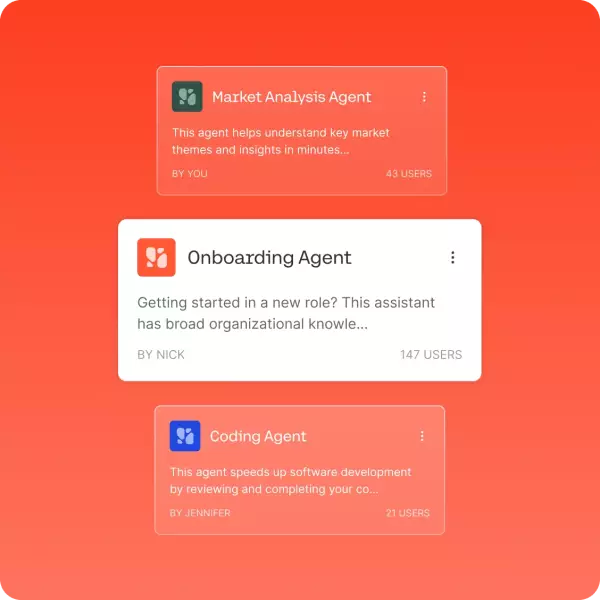In the rapidly evolving landscape of artificial intelligence, the release of Cohere’s Command A Reasoning marks a pivotal moment. Unlike many previous models that often stumble over complex tasks or generate unreliable outputs, this model appears to be engineered with a clear focus: empowering enterprises with robust, reliable, and scalable reasoning capabilities. It’s a testament to how thoughtful design—integrating multilingual flexibility, reasoning efficiency, and safety—can redefine what is possible when AI meets the complex needs of business environments.
What stands out immediately is the model’s potential to transform enterprise workflows. Enterprises grapple daily with mountains of unstructured data—whether long email chains, extensive document libraries, or countless API integrations. Command A Reasoning appears to be aimed directly at this problem, promising to streamline diverse tasks such as data analysis, market research, scheduling, and customer service automation. The model isn’t just a technical achievement; it’s a pragmatic tool designed with real-world, high-stakes organizational needs in mind.
Despite being a text-only model, the potential for multimodal integration is clearly baked into its design, emphasizing versatility in deployment. For companies already investing heavily in digital transformation, this model offers a compelling blend of performance and adaptability that few competitors can match, especially given its capability to run on multi-GPU setups with support for up to 256,000 tokens—an impressive feat for handling large datasets and long-form context.
Technical Innovation and Strategic Design Choices
Cohere’s focus on the reasoning prowess of its latest model reflects a deliberate shift toward more sophisticated AI applications. With 111 billion parameters, Command A Reasoning surpasses many previous enterprise models in its scale and, likely, its capacity to understand and process complex instructions. The emphasis on multilingual performance across 23 languages demonstrates an understanding of the globalized nature of modern business. This multilingual competence ensures that AI-driven tools can deliver consistent quality across diverse markets—an essential feature for multinational corporations.
One of the most insightful innovations is the token budget system. Allowing developers to allocate “reasoning” depth dynamically introduces a level of control that was often lacking in earlier models. This feature offers a practical tradeoff: quicker, less resource-intensive responses for routine tasks, and deeper, more thoughtful outputs when necessary. By exposing this parameter directly to users through simple toggles, Cohere effectively democratizes control, empowering developers and enterprise users to fine-tune performance based on strict operational parameters.
The integration with Cohere’s North platform further emphasizes a strategic vision: to embed reasoning into enterprise workflows seamlessly. Hosting the model within the company’s infrastructure grants organizations control over sensitive data, aligning perfectly with compliance and security needs. It’s a move that balances innovation with caution—acknowledging that enterprises demand not only power but also security and privacy.
Benchmark Performance and Practical Capabilities
Cohere’s rigorous benchmarking paints an optimistic picture. The model’s superior performance on enterprise reasoning tasks compared to peers like GPT-5, Mistral, and others underscores its technical robustness. Notably, its prowess in multilingual benchmarks reinforces its suitability for the global market. These performance metrics aren’t mere numbers; they translate into real improvements, such as more accurate, detailed, and contextually relevant outputs that truly serve enterprise needs.
What is particularly compelling is the model’s alignment with practical applications. The ability to call APIs, access databases, or interact with external systems during tasks equips it for complex workflows that require integrations—an essential feature for automating operations at scale. Developers can define tools precisely via schemas and embed them into conversational flows, enabling a new level of automation and cooperation between AI and enterprise systems.
Cohere’s focus on safety cannot be overlooked. Balancing openness and caution, the model is designed to avoid common pitfalls such as over-refusal—where AI declines legitimate requests—while still safeguarding against harmful content. This nuanced approach makes the model more palatable to industries where trust, compliance, and safety are non-negotiable.
Implications for the Future of Enterprise AI
Cohere’s Command A Reasoning isn’t merely an incremental upgrade; it signifies a strategic leap towards truly intelligent, adaptable enterprise AI. It challenges the misconception that high-performance reasoning models are only accessible within the context of research labs or consumer-facing products. Instead, Cohere’s push toward bespoke deployment, private infrastructure, and customizable tools positions this model as a serious contender in regulated, high-stakes industries—be it finance, healthcare, or government.
The partnership with giants like SAP further amplifies its potential impact. By integrating this model into established enterprise platforms, Cohere is effectively building an ecosystem where AI reasoning becomes an integral part of daily operations, guiding decision-making, automating complex tasks, and even supporting compliance efforts.
The question now isn’t just whether these models can perform; it’s how swiftly and effectively organizations adopt them as foundational tools for digital transformation. Cohere’s approach indicates a clear understanding: that the future belongs to AI systems capable of reasoning, understanding context deeply, and operating securely within organizational boundaries. As AI continues to evolve beyond simple generation into genuine understanding and action, models like Command A Reasoning will undoubtedly be the catalysts that propel enterprises into a new era of intelligent automation.

